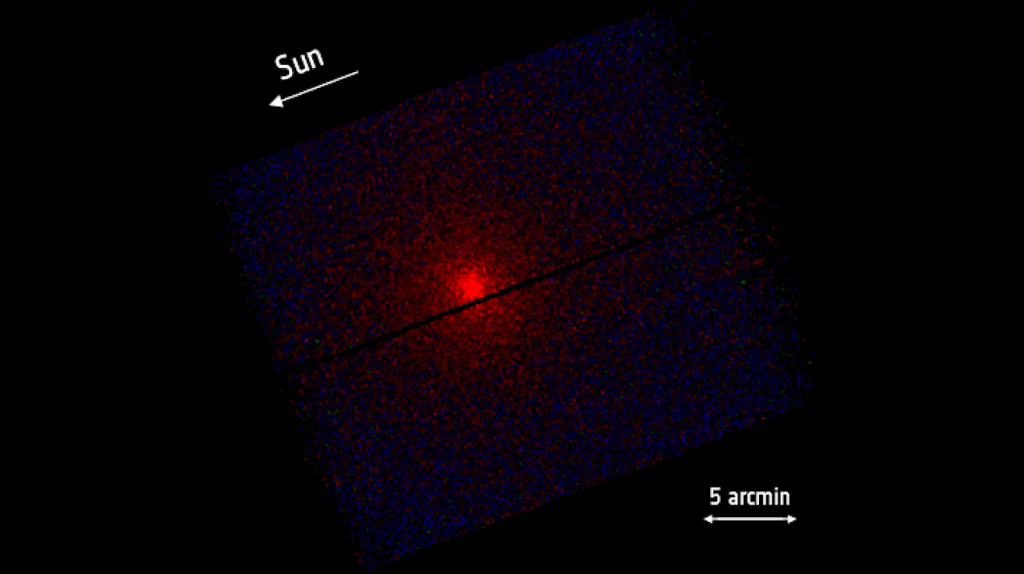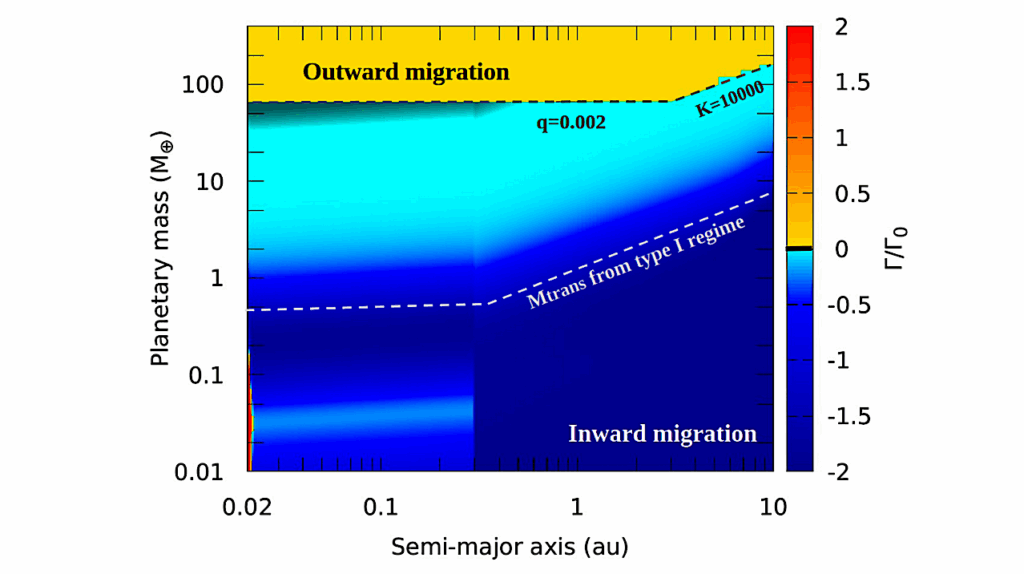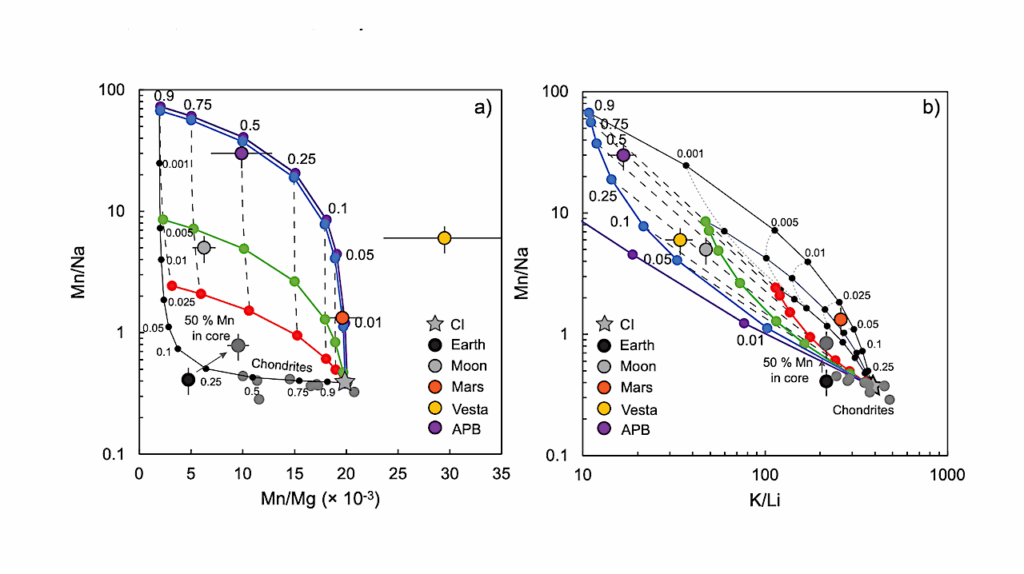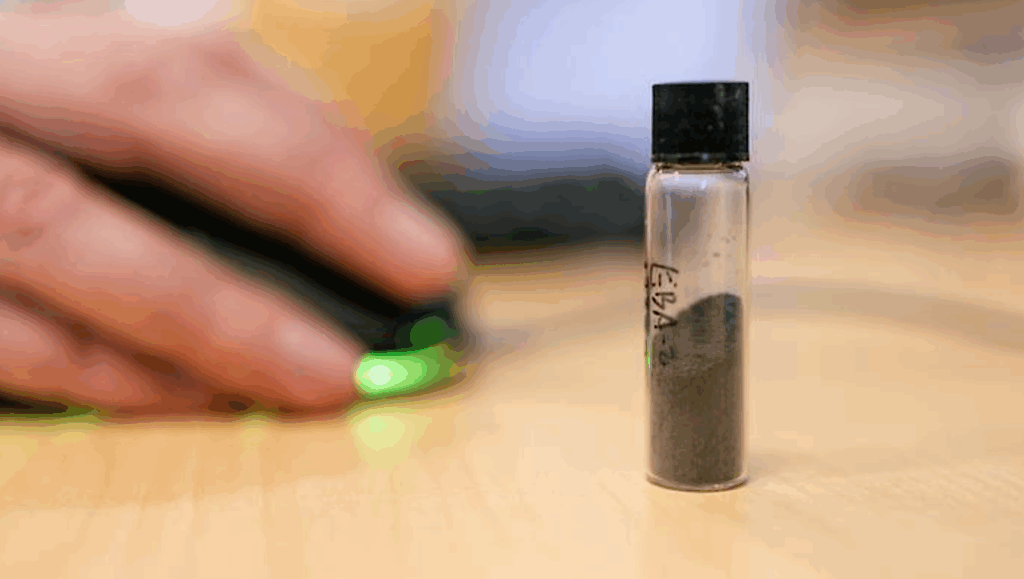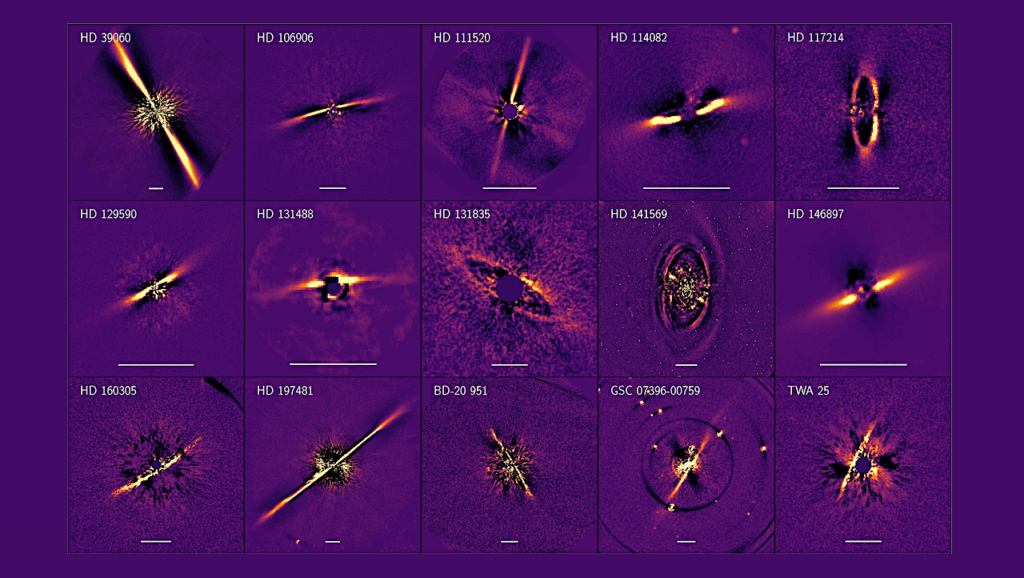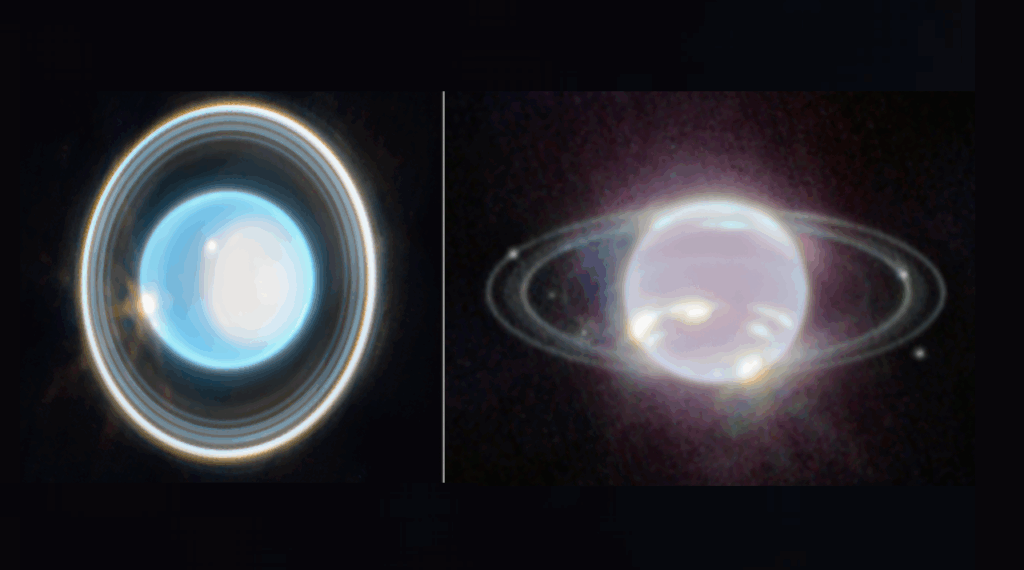Volcano World Survey: Observations Of Loki Patera By Juno During Close Flybys
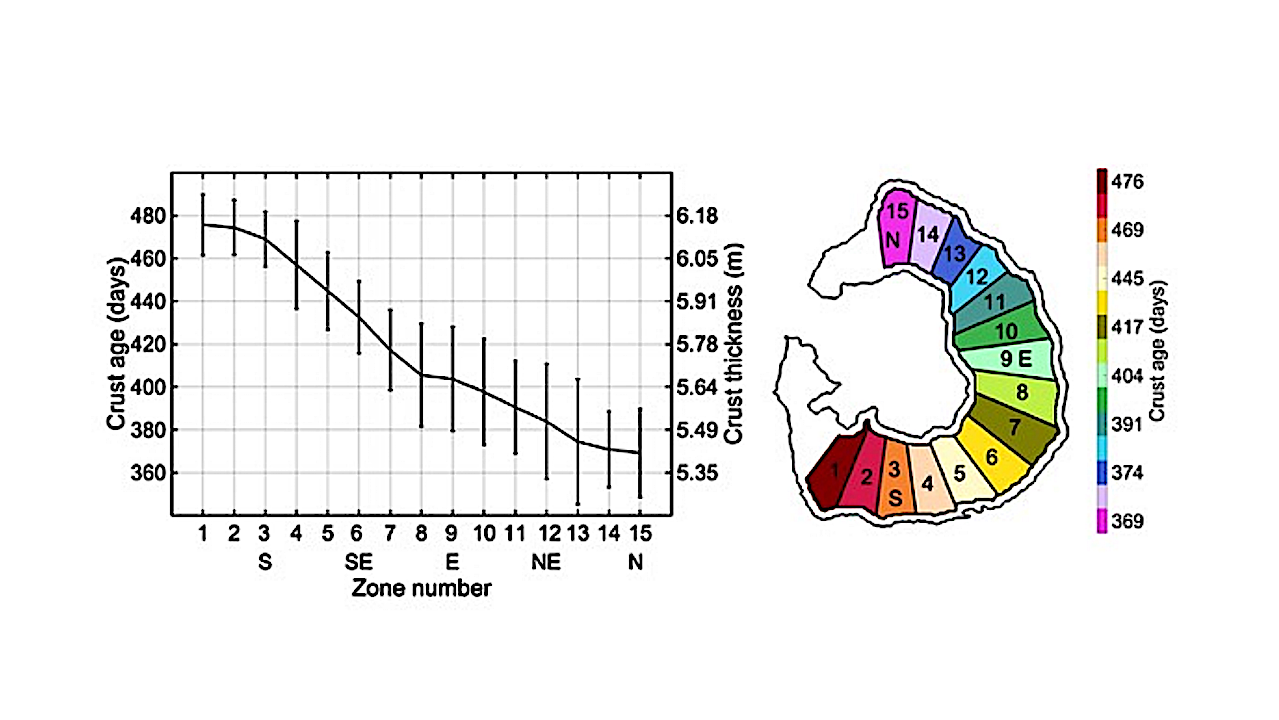
We used data from the Juno spacecraft to investigate both the spatial and temporal properties of Loki Patera on Io, acquired in two infrared bands between December 2022 and April 2024, at spatial resolutions ranging from 400 m to 15 km.
Loki shows a thermal structure unlike other active lava lakes previously reported, with some brightening near the perimeter of the lake but lacking the continuous hot ring seen at other paterae. Modeling the slow rate of cooling suggests there is a significant volume of magma beneath the crust to provide the latent heat necessary to decelerate the cooling rate.
A thermal propagation that may represent the signature of a resurfacing wave, going from the southwest of the lake to the north, was observed with a velocity of about 2-3 km per day. Data collected in 2024 may indicate the onset of a new resurfacing wave originating from a point source, rather than the foundering of a linear section of the crust.
We also observed many small (about 3 km wide), closely spaced (about 10 km apart) islands that have persisted in the same locations for at least 45 years, since first being imaged by Voyager 1. The persistence of these islands challenges resurfacing models of Loki, as they have remained fixed – likely anchored to the lava lake floor – and have not noticeably changed in size, arguing against large-scale thermal erosion.
The central island of Loki shows a few thermal structures associated with the fractures that cross the island, indicating that the fractures most likely contain molten lava.
This animation is an artist’s concept of Loki Patera, a lava lake on Jupiter’s moon Io, made using data from the JunoCam imager aboard NASA’s Juno spacecraft. With multiple islands in its interior, Loki is a depression filled with magma and rimmed with molten lava. Credit: NASA/JPL-Caltech/SwRI/MSSS
Alessandro Mura, JIRAM-Io team
Subjects: Earth and Planetary Astrophysics (astro-ph.EP)
Cite as: arXiv:2410.10686 [astro-ph.EP] (or arXiv:2410.10686v1 [astro-ph.EP] for this version)
https://doi.org/10.48550/arXiv.2410.10686
Focus to learn more
Submission history
From: Alessandro Mura PhD
[v1] Mon, 14 Oct 2024 16:25:15 UTC (890 KB)
https://arxiv.org/abs/2410.10686
Astrobiology,


